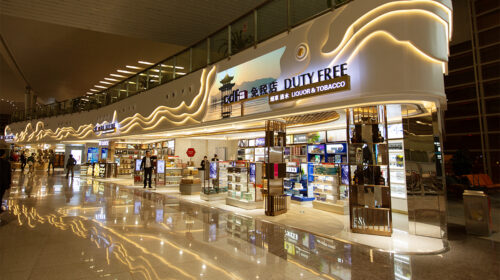FAST NEWS: C-Mer Eye swings to loss on Covid hit to mainland China clinics

The latest: C-Mer Eye Care Holdings Ltd. (3309.HK) said on Friday its revenue rose 55% to HK$1.7 billion ($340 million) last year, mainly due to a surge for its Hong Kong ophthalmology business. But it swung into the red with a net loss of HK$22 million to HK$25 million.
Looking up: The company’s annual loss was partially mitigated by gains from the sale of its medical consumables business in Hong Kong and an increase in profits from its medical laboratory services associate in Hong Kong.
Take Note: Restrictive measures in mainland China aimed at preventing the spread of the Covid for most of last year caused the company’s mainland ophthalmology business to record a loss. Its Shanghai and Beijing operations were hardest hit, and its three new hospitals and ophthalmology centers established last year also recorded losses.
Digging Deeper: Founded in 2012 by renowned Hong Kong ophthalmologist Dennis Lam, C-Mer Eye Care is a leading eye care chain in China’s Greater Bay Area centered on the Pearl Delta in Guangdong province. It listed in Hong Kong in 2018. It also provides dental, medical aesthetic and examination services. While losing money last year, the company’s management noted that its operations in mainland China have improved significantly in the first quarter of this year after China relaxed its Covid controls last December. It said some operations have even returned to pre-pandemic levels.
Market Reaction: C-Mer shares fell on Monday, closing down 1.1% at HK$4.53 at the midday break. The stock now trades in the middle of its 52-week range.
Translation by Jony Ho
To subscribe to Bamboo Works free weekly newsletter, click here





